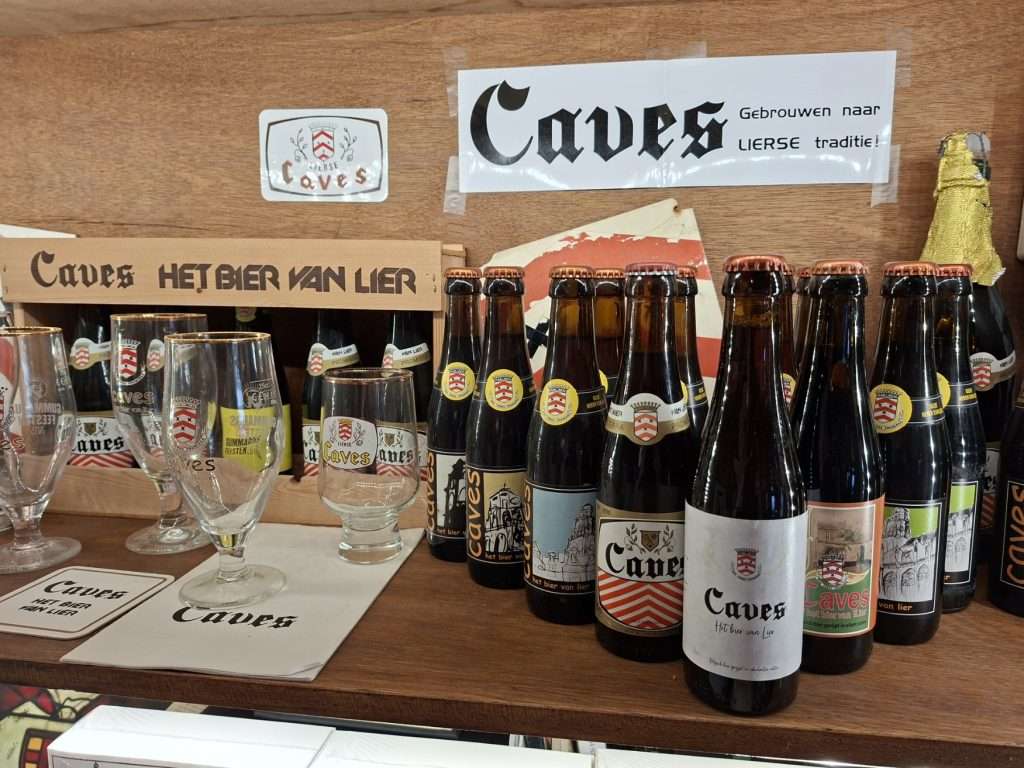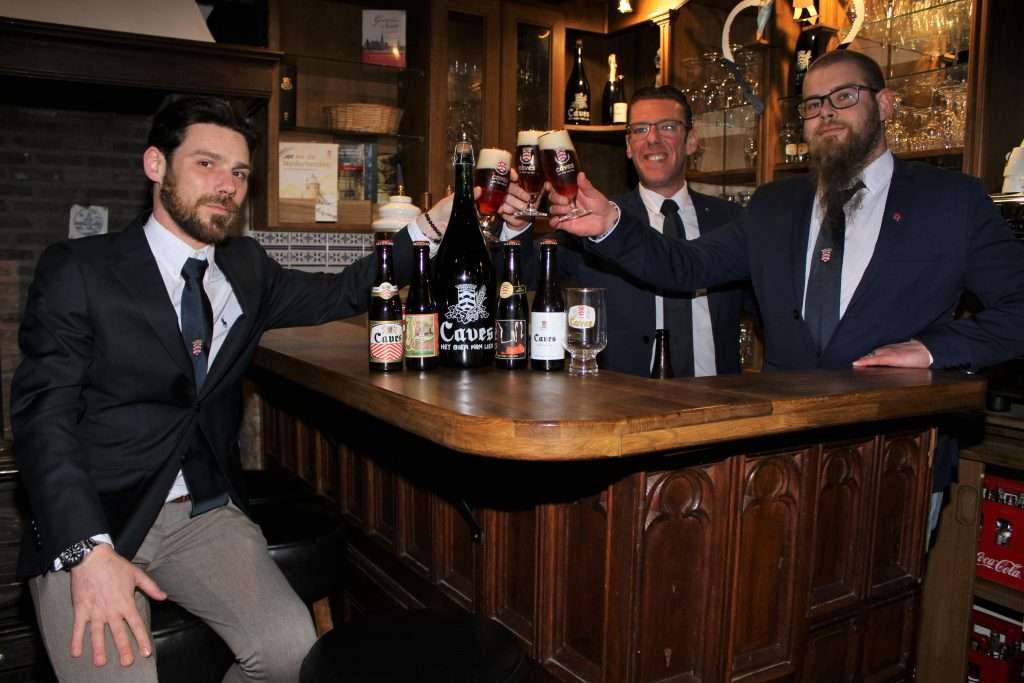About Caves
How was Caves revived in 1976?
The first major project of the Heren van Lier guild, established in 1973, was the reissue of Anton Bergmann’s History of the City of Lier, in honour of the Bergmann year in 1974.
Apparently, among the founders, some also started reading this extensive book. One of them, Paul Nauwelaerts, had read that Lier once brewed beer and that this beer, called Caves (pronounce with stress on the second syllable), had a special reputation in our duchy of Brabant, in Staats-Brabant (today’s North Brabant in the Netherlands), and in the neighbouring County of Flanders.
Since then, Paul always ordered a glass of Caves. The pub owners were baffled, as no one had heard of Caves except the Bergmann readers and the historians. Gradually, the idea grew to actually make real Caves. We consulted Arthur Lens, the city archivist at the time, and scoured old texts until we came across an article by Henry De Groote (1900-1986), a well-known bibliophile from Antwerp. In that article from 1966, he summarized the brewing recipe of Caves as written in 1827 by the medical doctor Jan Baptist Vrancken (1805-1871).

We sought advice from people who knew more about beer than we did and ended up at the Verhaeghe Brewery in Vichte, in the province of West Flanders. After several test brews, we introduced the new Caves to the people of Lier in May 1976. Two days later, the brew was exhausted. Weeks followed without Caves because we couldn’t rush the maturation process.
So we needed more capacity to lager (mature) the beer. Luckily, we discovered an old brewery in the city of Sint-Niklaas that still carried old oak barrels suitable for aging Caves. We travelled to Sint-Niklaas to number the different parts. Then the barrels could be disassembled and reassembled by French coopers in Vichte. With this increased lager capacity, the supply, at least for Lier, was ensured.

How is Caves brewed?
Caves is an amber-colored beer of top fermentation, category I Luxe.
Caves contains barley malt, wheat, hops, and yeast. It is free of colourings and preservatives and brewed according to the traditional principle of natural fermentation. No sugar is added. After this primary fermentation, Caves undergoes secondary fermentation for six months in oak barrels.
When bottled, Caves is not pasteurized, which enhances its flavour while still giving it a shelf life of at least four months due to its natural properties.
Serve Caves at cellar temperature or from a mild refrigerator. Moisture should not condense on the bottle. If it does, the temperature is too low.
Store Caves in a cool, dark place.
